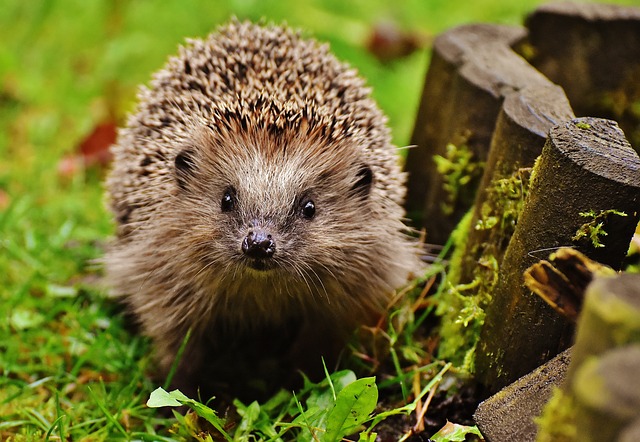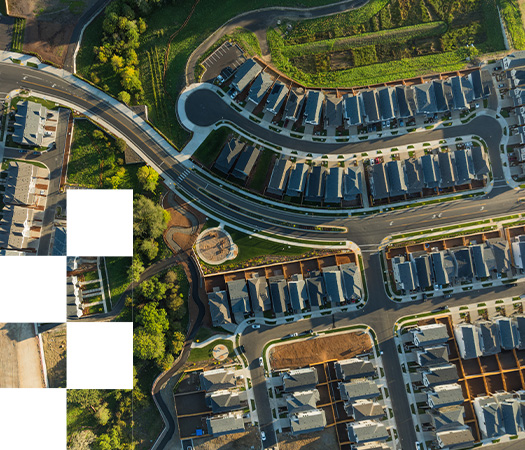Taking care of the natural world
It was good to hear Central Government recently advocating more consideration for wildlife protection across Britain. Our natural environment is fragile enough as it is, and anyone who’s involved with man-made infrastructure should take note of and respect the importance of considering nature too.
While the government is setting out guidance on specific areas (such as using wildlife-friendly materials in new-builds), we think the most astute developers will also be thinking laterally about biodiversity and conservation, and what it could mean to their businesses.
Commercially speaking, there is a benefit to viewing man-made assets as a symbiotic part of the landscape, over and above the usual aesthetic planning constraints. People (customers) respond to nature, and everything that’s in it. They want homes, businesses and national infrastructure to sit in harmony with the natural world – nurturing it, not destroying it – and that means showing support for fauna, as well as flora.
We support the encouragement of more wildlife friendly practices. And we already have the data to help developers get a better understanding of what’s possible, where:
- Water network information, soils data and tree data that reveal the status and potential for nurturing wildlife in specific areas.
- Spatial data such as aerial imagery as well as OS Mastermap Greenspace to help identify the existence of wildlife corridors and potential for enhancing them
- OS Open Greenspace, for wider uptake and promotion of the appreciation of nature – as champions of the community perhaps, bringing people together to undertake conservation work or simply getting outside.
- Data on Sites of Special Interest and nature reserves in urban as well as rural areas on a national scale; both essential for wildlife support, both vital for infrastructure planning and development.

Well-designed landscape is a built environment that works in harmony with our local wildlife – using proximity to woodland; incorporating open spaces in recreational design; harnessing the mental and physical health benefits that come with exposure to nature in as many ways as possible. For communities, these areas represent opportunities for enhanced wellbeing, outdoor recreation and access, food and energy production, urban cooling, and better management of flood risk.
Our natural habitats and the biodiversity they support will always be national, capital assets – but our developer community should capitalise on them for their own benefit, as well as the greater good. Every aspect of wildlife conservation and environmental stewardship demands an in-depth understanding of the landscape.
Latest News

Decoding the OS National Geographic Database: A Game-Changer for Utilities
The OS National Geographic Database (OS NGD) offers utility companies powerful, up-to-date geographic data to improve asset management, risk planning, and sustainability efforts. While adoption has been slow, partners like Idox Geospatial make access and integration easier than ever.
Read Full Article-
Geospatial Expertise for Smarter, Greener Insurance Investments
Read Full Article -
Emapsite.com is now Idox Geospatial Ltd - what this means for you.
Read Full Article
